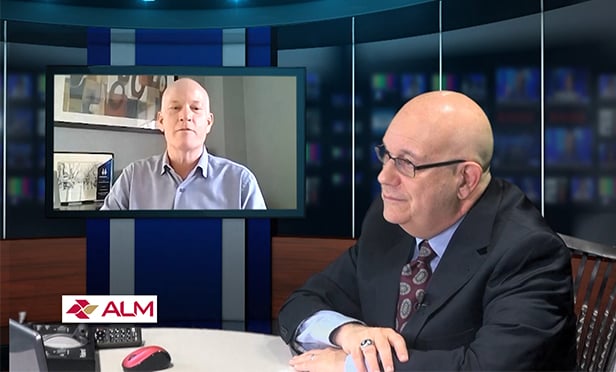No longer a fad or associated with granola-eating activists,environmental consciousness has become a part of everyday life. Thecommercial real estate industry jumped on the wagon several yearsago, and now almost every property developed today has some sort ofsustainable features. From including solar panels and reduced wateruse, to being LEED and Energy Star certified, to name just two,green development has become the norm for properties in mostdeveloped countries these days.
But sustainable building comes with a price tag, and it’sunderstandable that a lease in such properties would be a bitpricier than one without green features. Developers would generallytell you that tenants are willing to pay more to live or work in anenvironmentally friendly property. But does that apply to thestudent housing sector, where price is certainly a major factor instudents’—and their parents’—leasing decisions?
At industry events and conversations with her counterparts,Preiss Co. president and CEO DonnaPreiss says developers always say that students will payfor a LEED-certified property. But, she adds, “I’m sitting herethinking, no they won’t. Every single time you ask the students,they say in no uncertain terms that they aren’t paying extra forgreen.
Continue Reading for Free
Register and gain access to:
- Breaking commercial real estate news and analysis, on-site and via our newsletters and custom alerts
- Educational webcasts, white papers, and ebooks from industry thought leaders
- Critical coverage of the property casualty insurance and financial advisory markets on our other ALM sites, PropertyCasualty360 and ThinkAdvisor
*May exclude premium content
Already have an account?
Sign In Now
© 2024 ALM Global, LLC, All Rights Reserved. Request academic re-use from www.copyright.com. All other uses, submit a request to [email protected]. For more information visit Asset & Logo Licensing.








